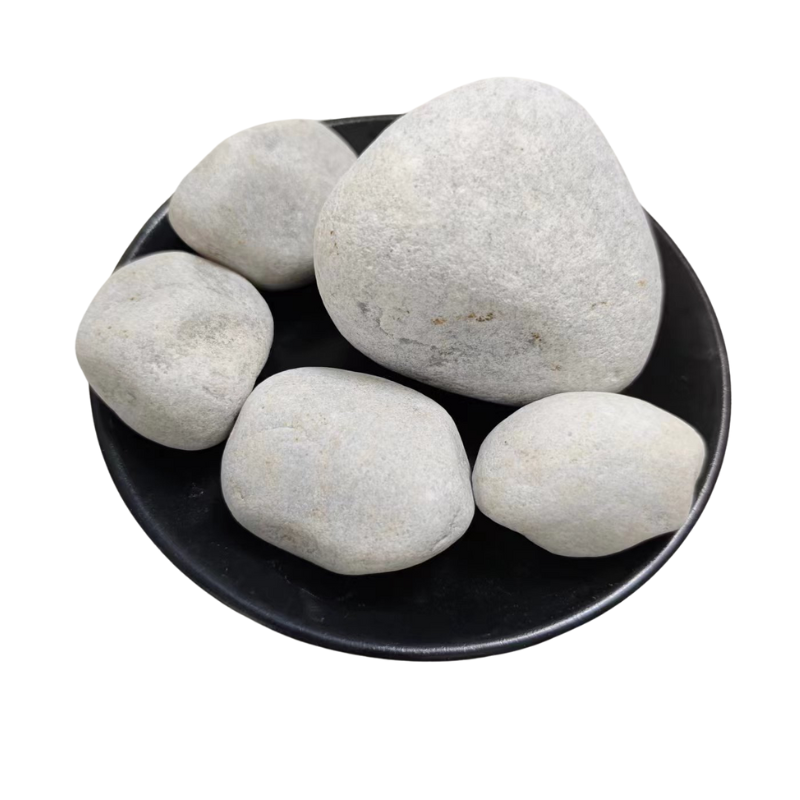
Quartz Sand and Resin Mixtures for Enhanced Material Properties and Applications
Quartz Sand and Resin A Perfect Combination for Modern Applications
In today's rapidly advancing industrial landscape, the synergy between quartz sand and resin has garnered substantial attention, especially in the fields of construction, manufacturing, and art. This combination stands out for its versatility, durability, and aesthetic appeal, making it a staple in various applications from flooring solutions to artistic endeavors.
Quartz sand, composed predominantly of silicon dioxide (SiO2), is a naturally occurring mineral that is abundant and cost-effective. Its unique properties—such as hardness, chemical resistance, and high thermal stability—make it a preferred raw material in various industries. In particular, it is crucial in the production of glass, ceramics, and concrete. However, its potential extends far beyond these traditional uses. When combined with resin, which is a synthetic material that can be formulated to provide different properties and finishes, quartz sand takes on a whole new dimension of functionality and beauty.
Resin, on the other hand, is known for its exceptional bonding properties and versatility. Epoxy, polyester, and polyurethane resins are the most commonly used types in conjunction with quartz sand. These resins not only enhance the physical properties of the composite material but also impart various characteristics such as resistance to water, chemicals, and UV light, making it suitable for both indoor and outdoor applications.
One of the most popular applications of quartz sand and resin is in the production of seamless flooring systems. The combination creates a flooring material that is not only durable and resistant to wear and tear but also aesthetically pleasing. The texture and color of quartz sand can be varied to achieve a wide range of finishes, from sleek and modern to rustic and natural. This adaptability has made resinous flooring a favored choice in commercial settings, such as restaurants, retail stores, and warehouses, where both functionality and aesthetics are paramount.
quartz sand and resin

Furthermore, the use of quartz sand and resin extends to the field of industrial applications, such as in the manufacturing of composite materials and sand casting. In these scenarios, the strength and weight benefits provided by quartz sand enable manufacturers to produce lighter, yet stronger components. This is particularly important in the aerospace and automotive industries, where reducing weight can lead to significant improvements in fuel efficiency and overall performance.
In the realm of art, quartz sand mixed with resin has gained popularity for creating unique decorative pieces, including coasters, tabletops, and sculptures. Artists appreciate the ability to manipulate the appearance of the finished product by varying the type and color of the sand. When combined, resin and quartz sand create stunning visual effects, making each piece one-of-a-kind. Additionally, the hardening properties of resin ensure that the artworks are both durable and easy to maintain, appealing to both artists and consumers alike.
As technology continues to advance, the applications for quartz sand and resin are likely to expand even further. With ongoing research into novel resin formulations and innovative ways to integrate these materials into new products, the potential for this combination seems limitless. This partnership exemplifies how traditional materials can be reimagined to meet contemporary needs, bridging the gap between functionality and aesthetic appeal in various industries.
In conclusion, the combination of quartz sand and resin represents a remarkable nexus of innovation and utility across multiple sectors. Whether used in construction, manufacturing, or the arts, this pairing not only showcases the versatility of these materials but also highlights the endless possibilities they hold for future applications. As industries evolve, so too will the ways in which we utilize such fundamental components, paving the way for creative solutions and enhanced product performances.
Share
-
Premium Pigment Supplier Custom Solutions & Bulk OrdersNewsMay.30,2025
-
Top China Slag Fly Ash Manufacturer OEM Factory SolutionsNewsMay.30,2025
-
Natural Lava Rock & Pumice for Landscaping Durable Volcanic SolutionsNewsMay.30,2025
-
Custom Micro Silica Fume Powder Manufacturers High-Purity SolutionsNewsMay.29,2025
-
Custom Mica Powder Pigment Manufacturers Vibrant Colors & Bulk OrdersNewsMay.29,2025
-
Custom Micro Silica Fume Powder Manufacturers Premium QualityNewsMay.29,2025






